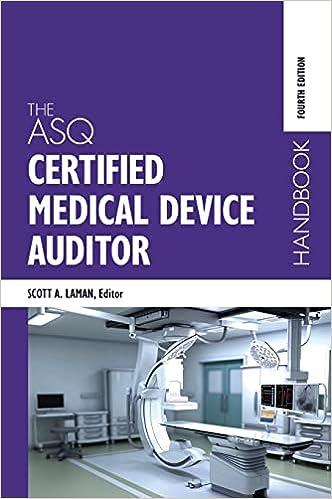| The company also established the following cost formulas for its selling expenses: | | Fixed Cost per Month | Variable Cost per Unit Sold | | Advertising | $ | 370,000 | | | | | | Sales salaries and commissions | $ | 100,000 | | $ | 14.00 | | | Shipping expenses | | | | $ | 5.00 | | | The planning budget for March was based on producing and selling 19,000 units. However, during March the company actually produced and sold 24,000 units and incurred the following costs: | | a. | Purchased 160,000 pounds of raw materials at a cost of $7.20 per pound. All of this material was used in production. | | b. | Direct-laborers worked 82,000 hours at a rate of $17.00 per hour. | | c. | Total variable manufacturing overhead for the month was $336,960. | | d. | Total advertising, sales salaries and commissions, and shipping expenses were $380,000, $337,020, and $132,000, respectively. | 1. | What raw materials cost would be included in the companys flexible budget for March? | | | 2. | What is the materials quantity variance for March? (Input the amount as a positive value. Indicate the effect of each variance by selecting "F" for favorable, "U" for unfavorable, and "None" for no effect (i.e., zero variance.).) | 3. | What is the materials price variance for March? (Input the amount as a positive value. Indicate the effect of each variance by selecting "F" for favorable, "U" for unfavorable, and "None" for no effect (i.e., zero variance.).) | 4. | If Preble had purchased 187,000 pounds of materials at $7 per pound and used 160,000 pounds in production, what would be the materials quantity variance for March? (Input the amount as a positive value. Indicate the effect of each variance by selecting "F" for favorable, "U" for unfavorable, and "None" for no effect (i.e., zero variance.).) | 5. | If Preble had purchased 187,000 pounds of materials at $7.20 per pound and used 160,000 pounds in production, what would be the materials price variance for March? (Input the amount as a positive value. Indicate the effect of each variance by selecting "F" for favorable, "U" for unfavorable, and "None" for no effect (i.e., zero variance.).) | 6. | What direct labor cost would be included in the companys flexible budget for March? | 7. | What is the direct labor efficiency variance for March? (Input the amount as a positive value. Indicate the effect of each variance by selecting "F" for favorable, "U" for unfavorable, and "None" for no effect (i.e., zero variance.).) | 8. | What is the direct labor rate variance for March? (Input the amount as a positive value. Indicate the effect of each variance by selecting "F" for favorable, "U" for unfavorable, and "None" for no effect (i.e., zero variance.).) | 9. | What variable manufacturing overhead cost would be included in the companys flexible budget for March? | 10. | What is the variable overhead efficiency variance for March? (Input the amount as a positive value. Indicate the effect of each variance by selecting "F" for favorable, "U" for unfavorable, and "None" for no effect (i.e., zero variance.).) | 11. | What is the variable overhead rate variance for March? (Do not round intermediate calculations. Input the amount as a positive value. Indicate the effect of each variance by selecting "F" for favorable, "U" for unfavorable, and "None" for no effect (i.e., zero variance.).) | 12. | What amounts of advertising, sales salaries and commissions, and shipping expenses would be included in the companys flexible budget for March? | | | | 13. | What is the spending variance related to advertising? (Input the amount as a positive value. Indicate the effect of each variance by selecting "F" for favorable, "U" for unfavorable, and "None" for no effect (i.e., zero variance.).) | 14. | What is the spending variance related to sales salaries and commissions? (Input the amounts as positive values. Indicate the effect of each variance by selecting "F" for favorable, "U" for unfavorable, and "None" for no effect (i.e., zero variance.).) | 15. | What is the spending variance related to shipping expenses? (Input the amount as a positive value. Indicate the effect of each variance by selecting "F" for favorable, "U" for unfavorable, and "None" for no effect (i.e., zero variance.).) | | | | | | | | | | | | |






